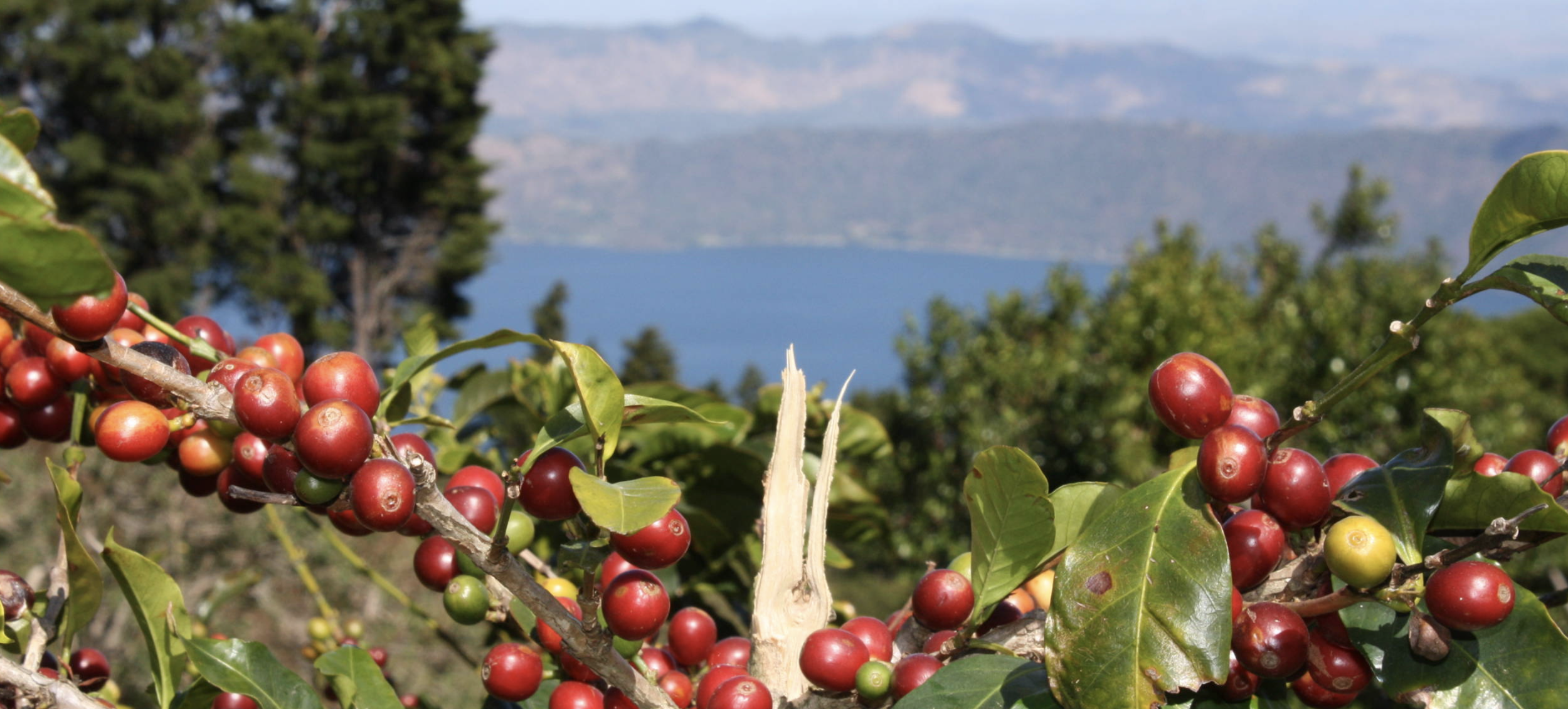
The red of our culture, traditions, coffee heritage, and Maya history: This itinerary includes colonial towns, an indigo experience, weaving, miniature crafts, and Maya archaeological sites.
DAY 1: SUCHITOTO
Cobblestone streets, grand balconies, tile roofs, gates, and windows that transport you to the colonial past. We will arrive in Suchitoto, one of El Salvador’s colonial towns. In the Nahuatl language, its name means "place of the Flower Bird" and it is considered a national historical gem. The foundation of the “Old City” of San Salvador, between 1525-1528, occurred in the surroundings of Suchitoto. Overnight in a boutique hotel in Suchitoto.
DAY 2: INDIGO EXPERIENCE – SUCHITOTO
DAY 3: CINQUERA - ILOBASCO - SAN SEBASTIÁN - SUCHITOTO
DAY 4: LA PALMA - SUCHITOTO
Today, we will visit a town in northern El Salvador, famous for its wooden crafts and Naïf art, an artistic style that originated in this city. We will see houses and light posts painted in this special style. La Palma is the most important town for craft-making in the country, with this being the town's main economic activity. It all began in the 1970s when Fernando Llort settled in La Palma and developed a unique artisanal style based on the "copinol" seed, where artisans use bright colors to paint abstract drawings of daily life. You will participate in an activity with local artisans, painting your own craft. La Palma is also known as the "Cradle of Peace" because it was here that the first peace negotiations between the guerrillas and the government began in 1984. Return to Suchitoto. Overnight in Suchitoto.
Today, we will learn about indigo, a natural dye extracted from the Xiquilite plant. The Maya used it to dye their clothes, crafts, and for their rituals. Salvadoran indigo is of the highest quality in the world and is exported to several countries. We will visit a nearby hacienda and participate in its production process. Additionally, we will have the chance to design our own scarf with the help of local artisans. The afternoon is free to explore Suchitoto. Overnight in Suchitoto.
Today, we will delve into the political history, traditions, miniature crafts, and colorful hammocks of El Salvador. We’ll start by visiting Cinquera, where we’ll meet a former guerrilla fighter who will share stories about the civil war of the 1980s and its impact on El Salvador today. Next, we’ll head to Ilobasco, one of the oldest artisan towns in Central America, known for its ceramics dating back to the 1700s. Ilobasco is particularly famous for its miniature representations of Salvadoran daily life. This unique craft was started by a 13-year-old girl who couldn’t continue her education, and her colorful miniatures were featured in National Geographic in 1944. We will then travel to San Sebastián, the birthplace of traditional textile weaving. Here, we will see the looms in action and have a hands-on experience with a local artisan. Beautiful hammocks are created using these looms. Return to Suchitoto. Overnight in Suchitoto.
